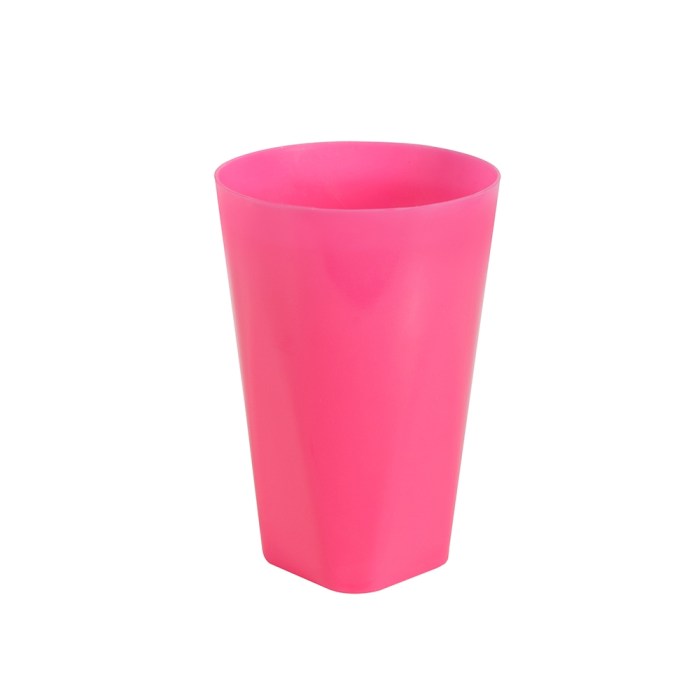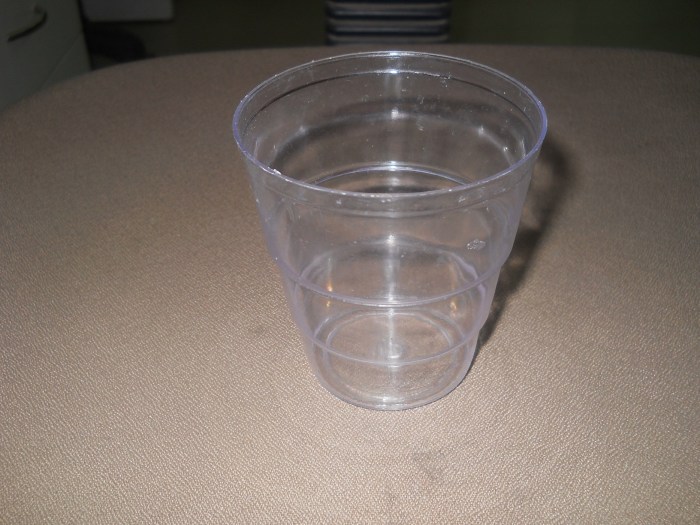Which materials can be used to make fiber optic strands? The topic of this article delves into the realm of materials employed in the construction of fiber optic strands, unveiling their distinct characteristics and applications. From the advantages and drawbacks of glass and plastic fibers to the potential of alternative materials, this exploration unravels the intricate world of fiber optic technology.
Fiber optic strands, composed of hair-thin strands of glass or plastic, serve as the backbone of modern communication networks. These strands transmit data at lightning-fast speeds over vast distances, revolutionizing the way we connect and share information. Understanding the materials that constitute these strands is paramount to comprehending their capabilities and limitations.
Materials for Fiber Optic Strands

Fiber optic strands, the backbone of modern communication networks, are made from a variety of materials. The choice of material depends on the specific application and performance requirements. In this article, we will explore the different materials used to make fiber optic strands, their advantages, disadvantages, and applications.
1. Glass Fibers

Glass fibers are the most commonly used material for fiber optic strands. They offer high optical clarity, low attenuation, and wide bandwidth. The three main types of glass used for fiber optic strands are silica, fluoride, and chalcogenide.
Advantages of Glass Fibers:
- High optical clarity
- Low attenuation
- Wide bandwidth
- High strength and durability
Disadvantages of Glass Fibers:
- Relatively expensive
- Fragile
- Susceptible to bending losses
Comparison of Glass Fiber Types:
| Property | Silica | Fluoride | Chalcogenide |
|---|---|---|---|
| Refractive index | 1.46 | 1.5 | 2.5 |
| Attenuation (dB/km) | 0.2 | 0.1 | 1 |
| Bandwidth (MHz/km) | 100,000 | 150,000 | 200,000 |
2. Plastic Fibers
Plastic fibers are an alternative to glass fibers. They are less expensive and more flexible than glass fibers, but they have higher attenuation and lower bandwidth.
Advantages of Plastic Fibers:
- Less expensive
- More flexible
- Easier to install
Disadvantages of Plastic Fibers:
- Higher attenuation
- Lower bandwidth
- Shorter transmission distances
Types of Plastic Fibers:
- Polymethyl methacrylate (PMMA)
- Polycarbonate (PC)
- Polyethylene terephthalate (PET)
Comparison of Plastic Fiber Types:
| Property | PMMA | PC | PET |
|---|---|---|---|
| Refractive index | 1.49 | 1.59 | 1.57 |
| Attenuation (dB/km) | 10 | 5 | 3 |
| Bandwidth (MHz/km) | 100 | 200 | 300 |
3. Other Materials

In addition to glass and plastic, other materials have been explored for making fiber optic strands. These include ceramics, polymers, and even metals.
Ceramics:
- Advantages: High strength, high temperature resistance
- Disadvantages: High attenuation, difficult to manufacture
Polymers:, Which materials can be used to make fiber optic strands
- Advantages: Lightweight, flexible, low cost
- Disadvantages: High attenuation, low bandwidth
Metals:
- Advantages: High strength, high bandwidth
- Disadvantages: High attenuation, difficult to manufacture
4. Fiber Design and Manufacturing: Which Materials Can Be Used To Make Fiber Optic Strands
The design and manufacturing of fiber optic strands involve several important factors, including:
- Core diameter
- Cladding diameter
- Buffer coating
- Fiber strength
- Fiber flexibility
The manufacturing process for fiber optic strands involves several steps:
- Preform fabrication
- Fiber drawing
- Buffer coating
- Testing
FAQ Compilation
What are the advantages of using glass for fiber optic strands?
Glass fibers offer exceptional clarity, enabling the transmission of light signals over longer distances with minimal loss. They also exhibit high bandwidth capacity, supporting high-speed data transmission.
What are the drawbacks of using plastic for fiber optic strands?
Plastic fibers, while flexible and durable, suffer from higher signal loss compared to glass fibers. This limits their use to shorter-distance applications.
What are some alternative materials being explored for fiber optic strands?
Researchers are investigating the potential of materials such as ceramics and polymers for fiber optic strands. These materials offer unique properties, such as high temperature resistance and flexibility, which could expand the range of applications for fiber optics.